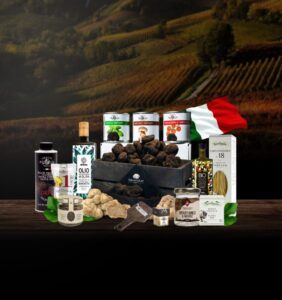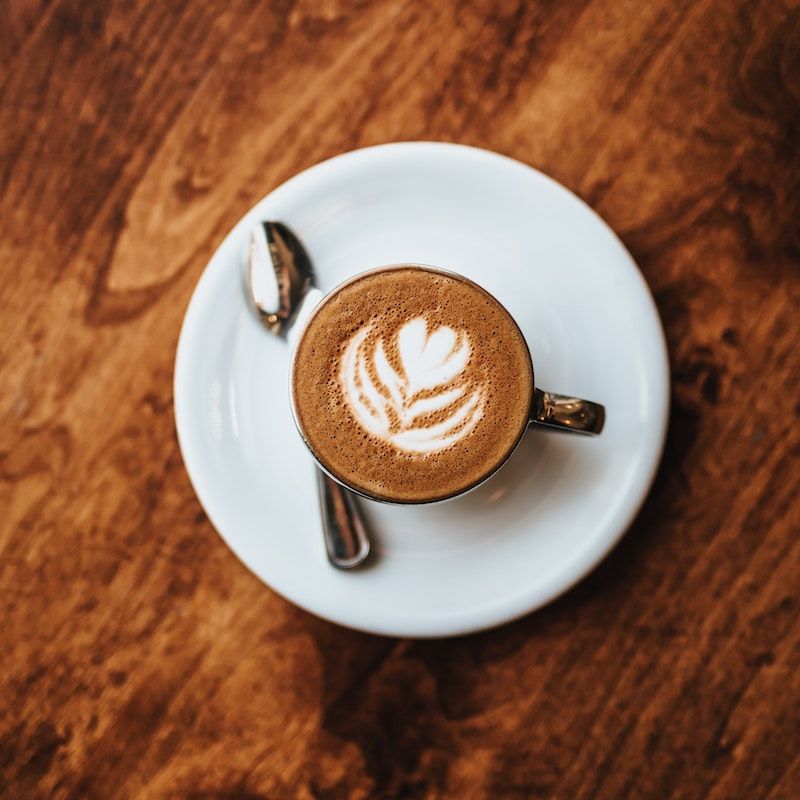

There are few traditions that I hold more dear than embarking on an afternoon of errands after paying somewhere between $8 and $10 for a speciality beverage with some modicum of caffeine and fanfare. Maybe you know it, too – the supermarket run bookended by a stop to pick up a last-minute birthday gift and a thrift store drop-off, the manicure that happens to take you past your favourite consignment store, which happens to be next to the bodega with the good eucalyptus and hydrangeas – none of which feel remotely possible unless you’re clutching a cheerfully branded cup that goes from scorching hot to tepid in no time thanks to the windchill. But are you ready to try the matcha latte which is none other than hojicha latte?
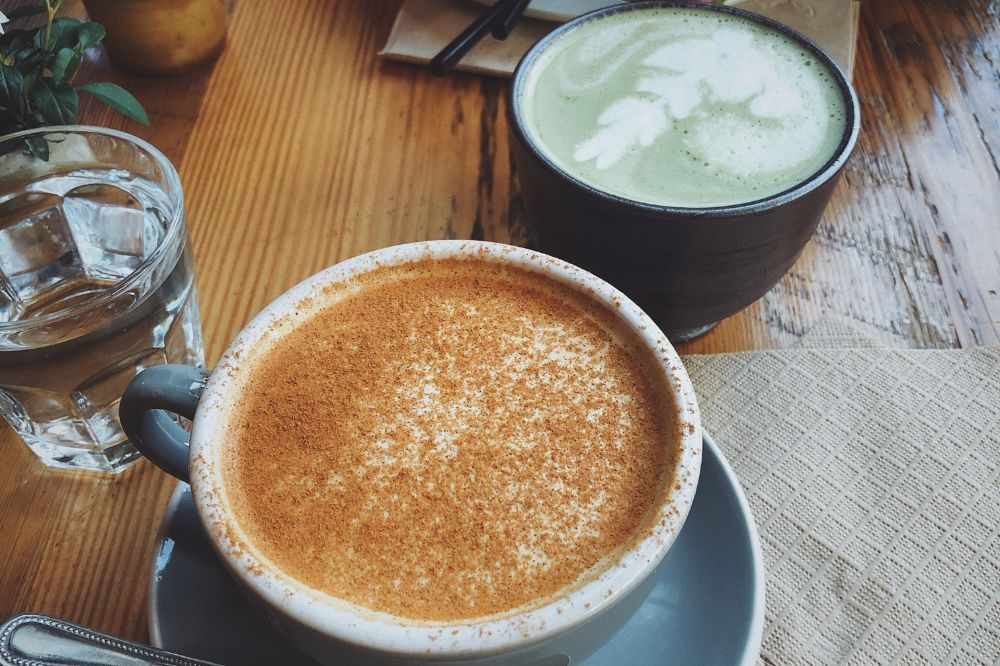
I’ve dabbled in my fair share of candy cane cold brews, butterfly pea flower lattes, and probably every matcha-related-something under the sun. Usually, these are fleeting dalliances, not unlike listening to a specific song or album on repeat for a few weeks before moving on, never to look back again.
But when I ordered my first hojicha latte at the Blue Bottle Coffee on 12th and University Place in Manhattan (in case you were wondering, it was after making a return at J.Crew, and before picking up broccoli rabe at the Union Square greenmarket) something felt profoundly different. Permanent, even. For weeks afterward, I found myself craving the earthy, toasted, toffee-esque combination of the powdered leaves and frothed oat milk frequently enough that I knew I had to take matters into my own hands, for my wallet’s sake.
Much like its treasured green counterpart, matcha, hojicha is all over bakery, restaurant, and bar menus in the United States. In New York City alone, you can find it in tiramisu at the viennoiserie heaven that is Lysée, in a cranberry tart at Patisserie Fouet, or, perhaps most excitingly, as a marinade for octopus at high-end Chinatown sushi joint Nakaji.
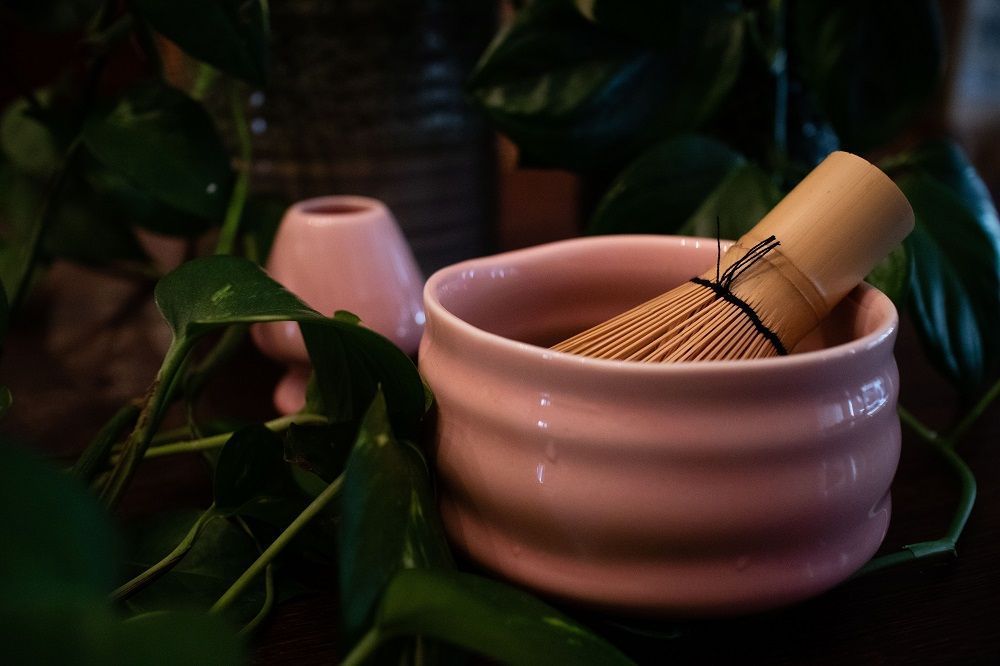
At Pagu, a Japanese-Spanish tapas restaurant in Boston, it’s used to add toasty, nutty notes to a traditional Manhattan. But at Blue Bottle, hojicha’s tenure is still relatively fresh. According to Matt Longwell, Global Product Director for Beverage and Coffee at Blue Blue Bottle Coffee, the latte made menus in 2019, just before the pandemic shuttered restaurants across the country. The brand, which has outposts in mainland China as well as in Japan, started sourcing its hojicha powder from its matcha supplier, the Uji, Japan-based Risheoun. As someone who goes through a fair bit of loose leaf tea on a regular basis — the first tier of my bar cart is actually dedicated to loose leaf tea and coffee beans — the latte wasn’t my first encounter with the hojicha, but I hadn’t played around with the powdered form before.
“Hojicha is usually served as a leaf tea and not milled, but in recent years the powder has become more popular for its intense fragrance and ease of use in latte products,” says Zach Mangan, founder of Kettl Tea — one of my favourite places from which to stock my at-home tea.
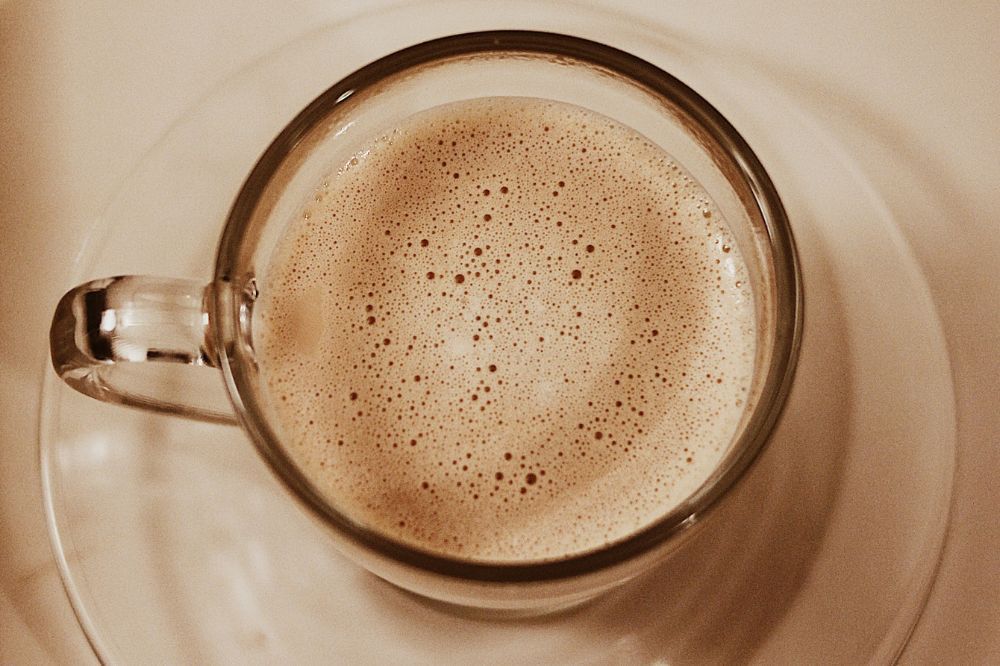
Kettl’s modestly priced milled offering — which Mangan says adds a nice weight and texture, similar to that of espresso — is sourced from Shizuoka, Japan, and comes in a 100 gram baggie, more than enough supply for the budding hojicha latte connoisseur. My process for making a hojicha latte is fairly straightforward: After measuring out a teaspoon of powder into a bowl of hot water, I use a bamboo matcha whisk to get things frothy before pouring into an espresso cup. Next, I froth a bit of oat milk — for a toasty, cereal-milk flavour profile — to add on top. A drizzle of maple syrup or honey is, I’ve found, an absolute must.
While some afternoons call for a shot or three of espresso, these lattes are virtually caffeine-free, meaning I can enjoy one well after my “coffee cut-off” time of the day (3 p.m, in case you were wondering). Every time, I’m able to savour the experience of putting down my phone, stepping away from my laptop, and making a quick drink with limited steps and delicious payoff. Call it a phase that’s lasting longer than I expected to, or call it a way to deal with the post-holiday winter blues; I’m team hojicha latte through and through.
(Main image: Brigitte Tohm/ Pexels and Featured image: Tyler Nix/ Pexels)
This story first appeared on www.foodandwine.com
© 2021. TI Inc. Affluent Media Group. All rights reserved. Licensed from FoodandWine.com and published with permission of Affluent Media Group. Reproduction in any manner in any language in whole or in part without prior written permission is prohibited.
Food & Wine and the Food & Wine Logo are registered trademarks of Affluent Media Group. Used under License.
an update!
You’re all set
Thank you for your subscription.
Subscribe to our newsletter to get the latest updates.
You’re all set
Thank you for your subscription.


